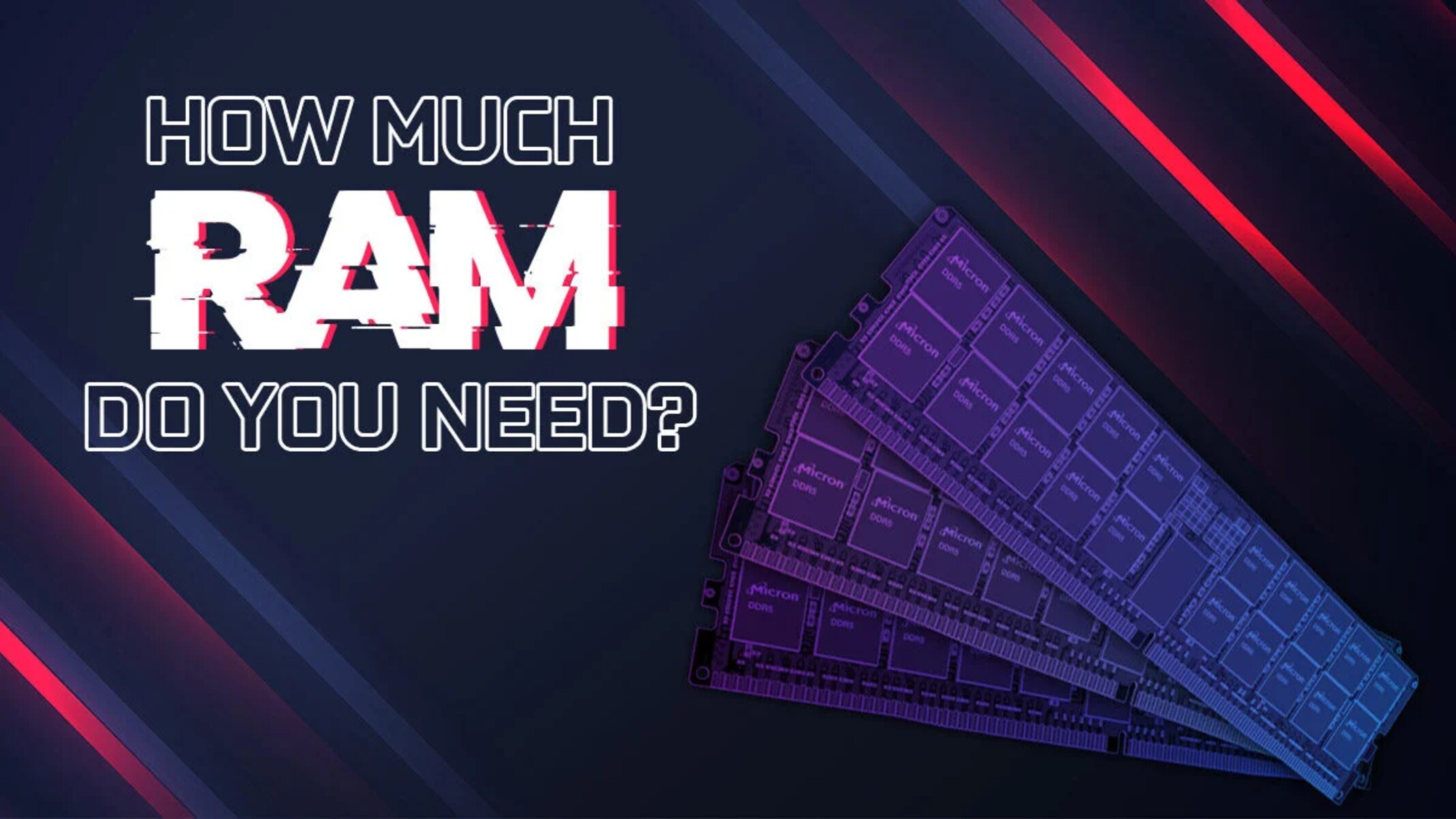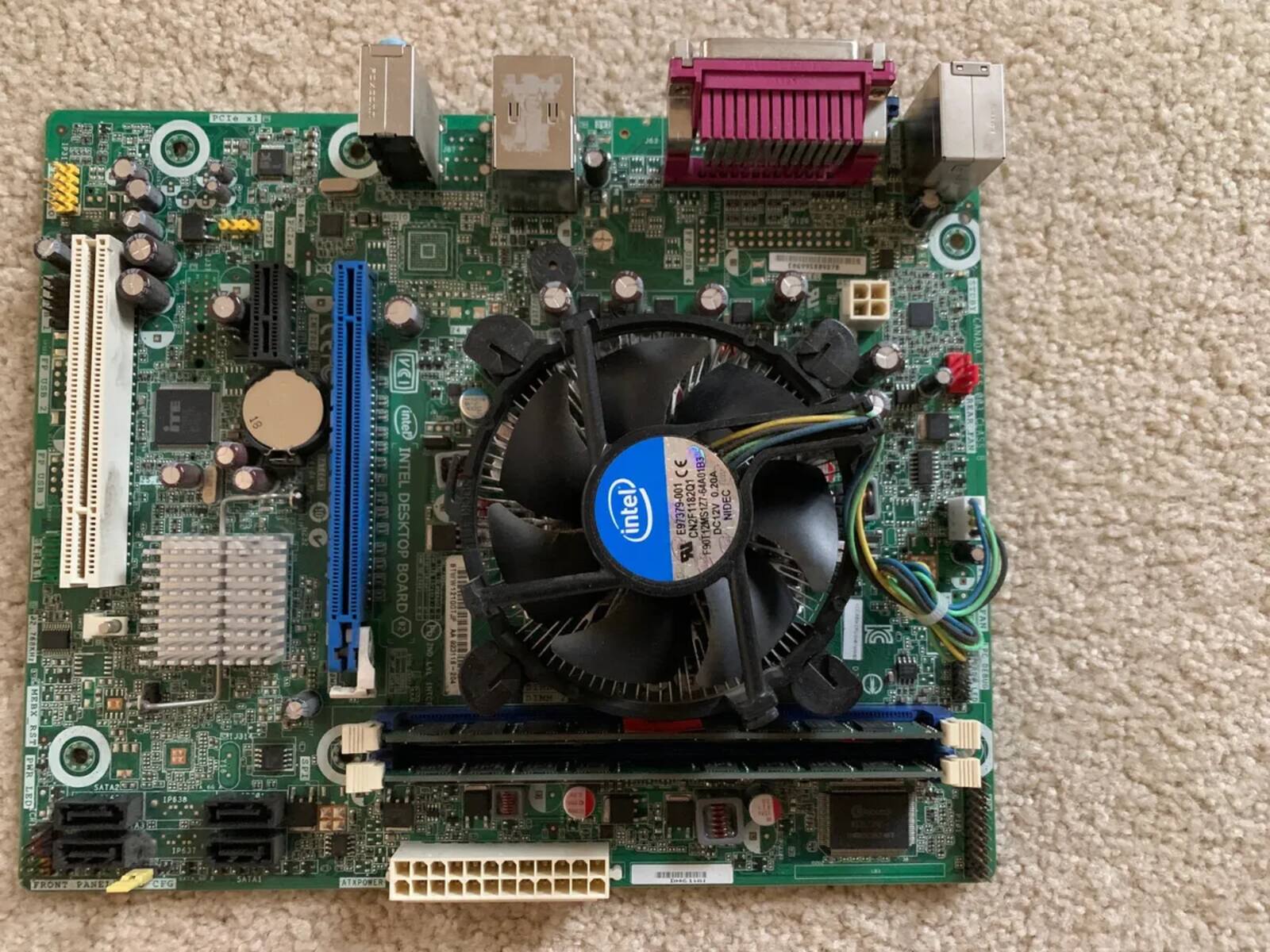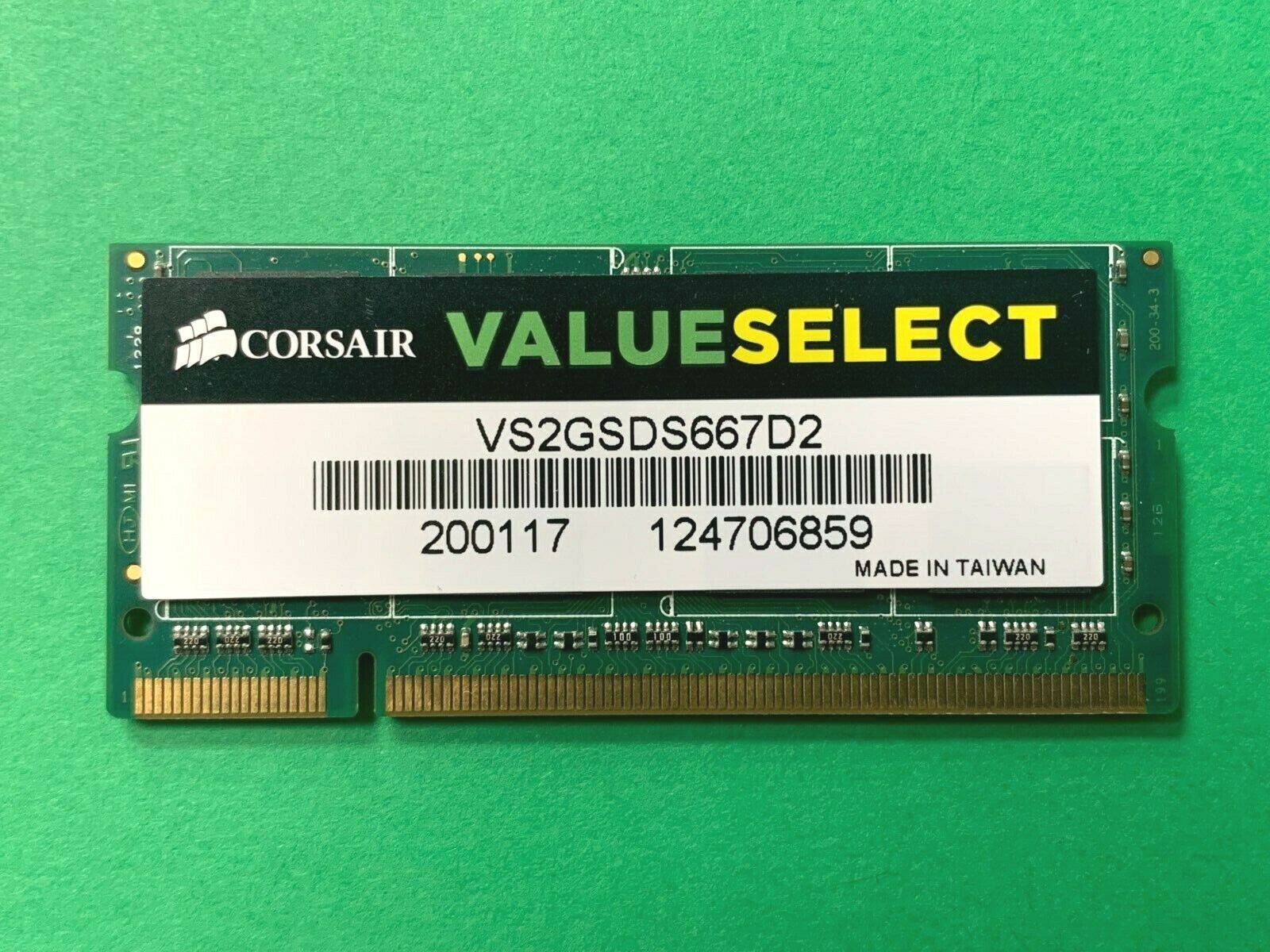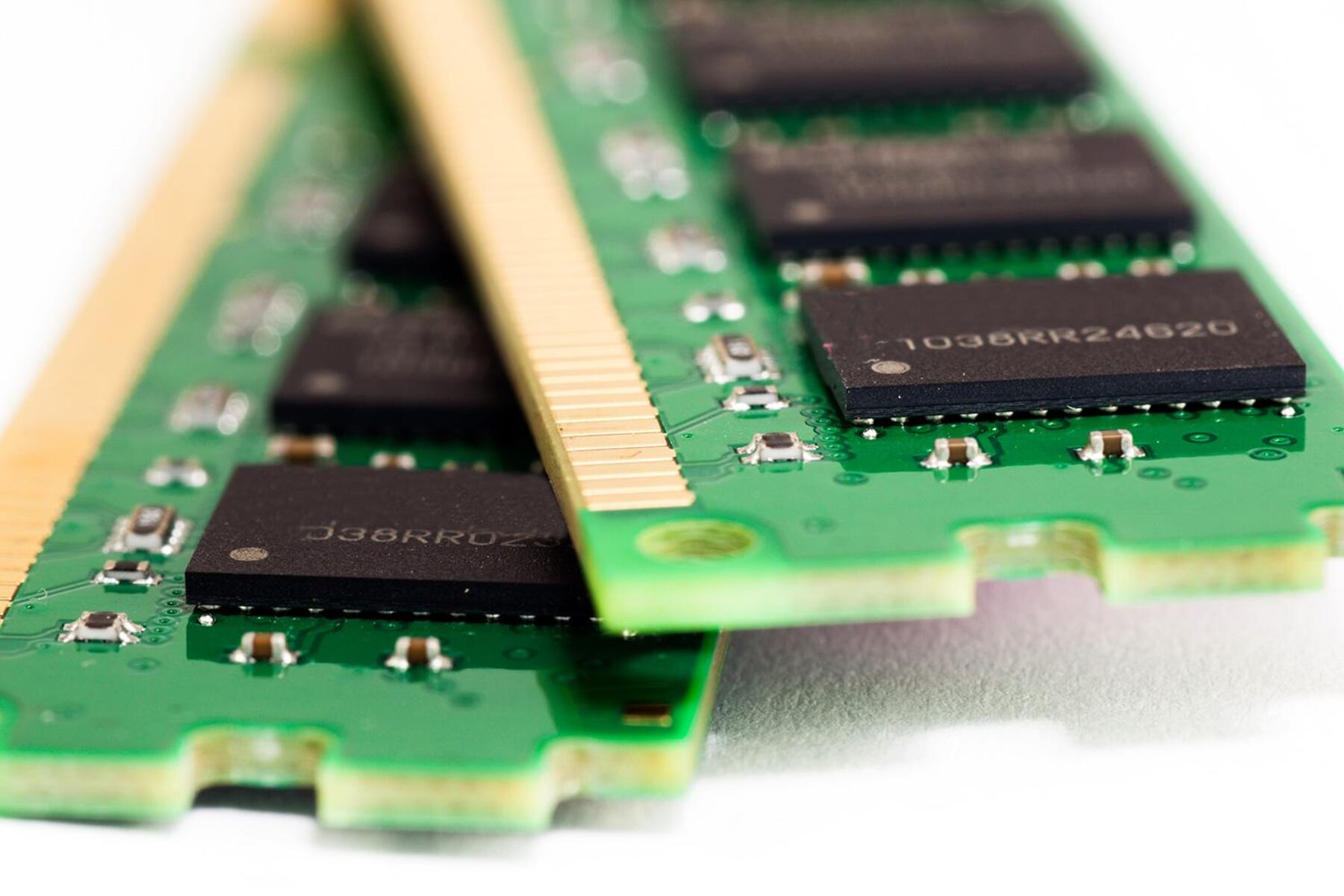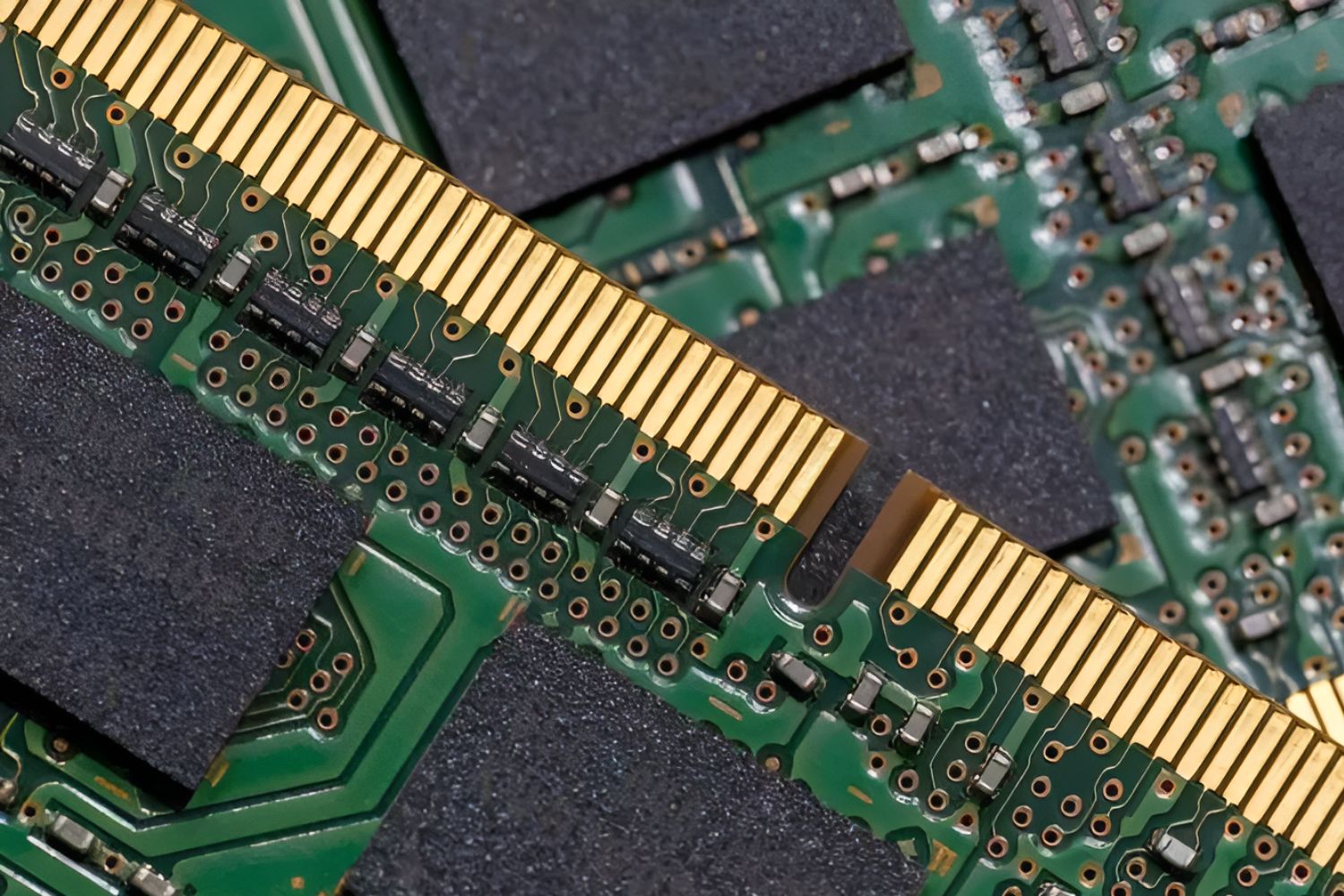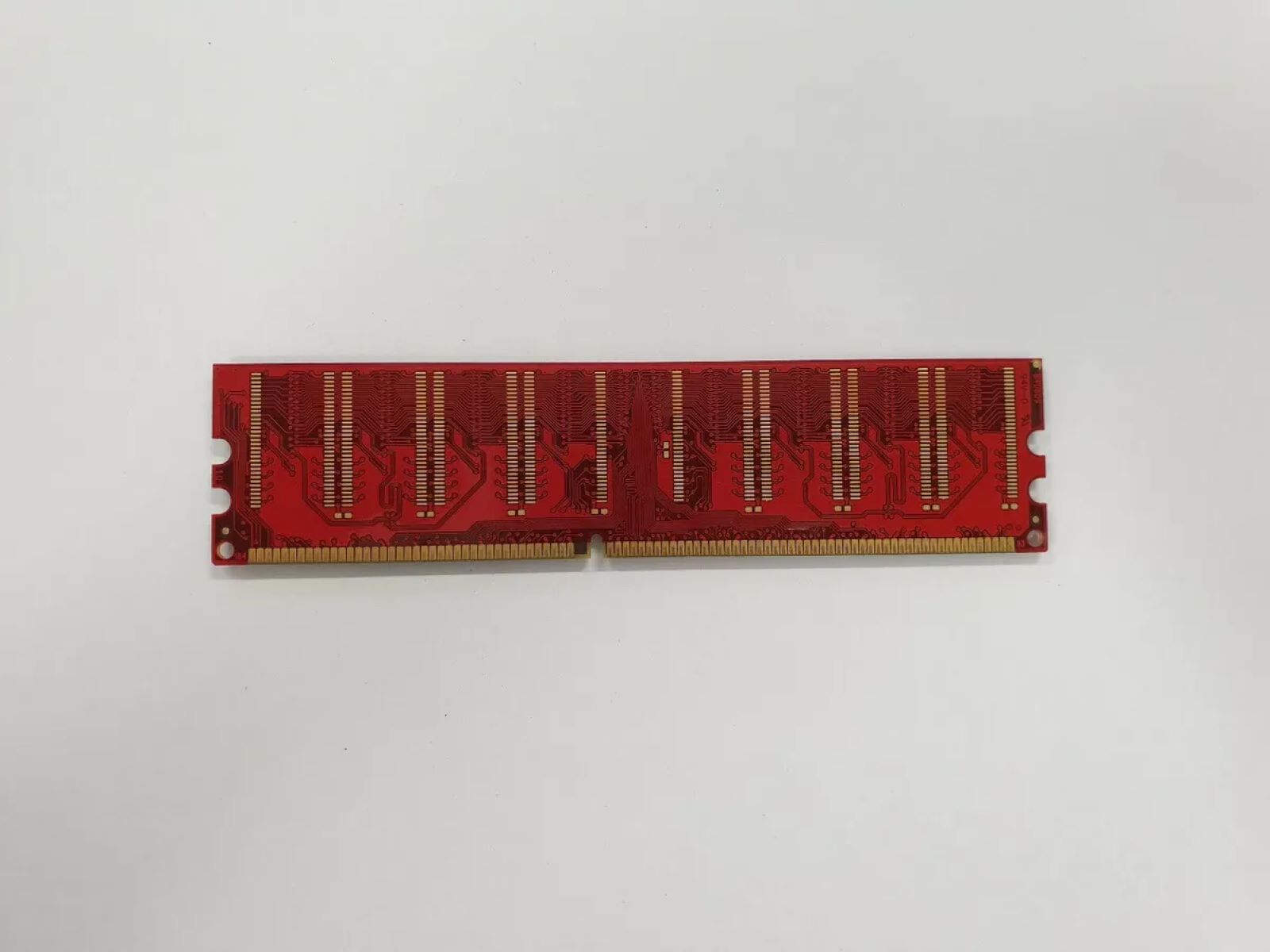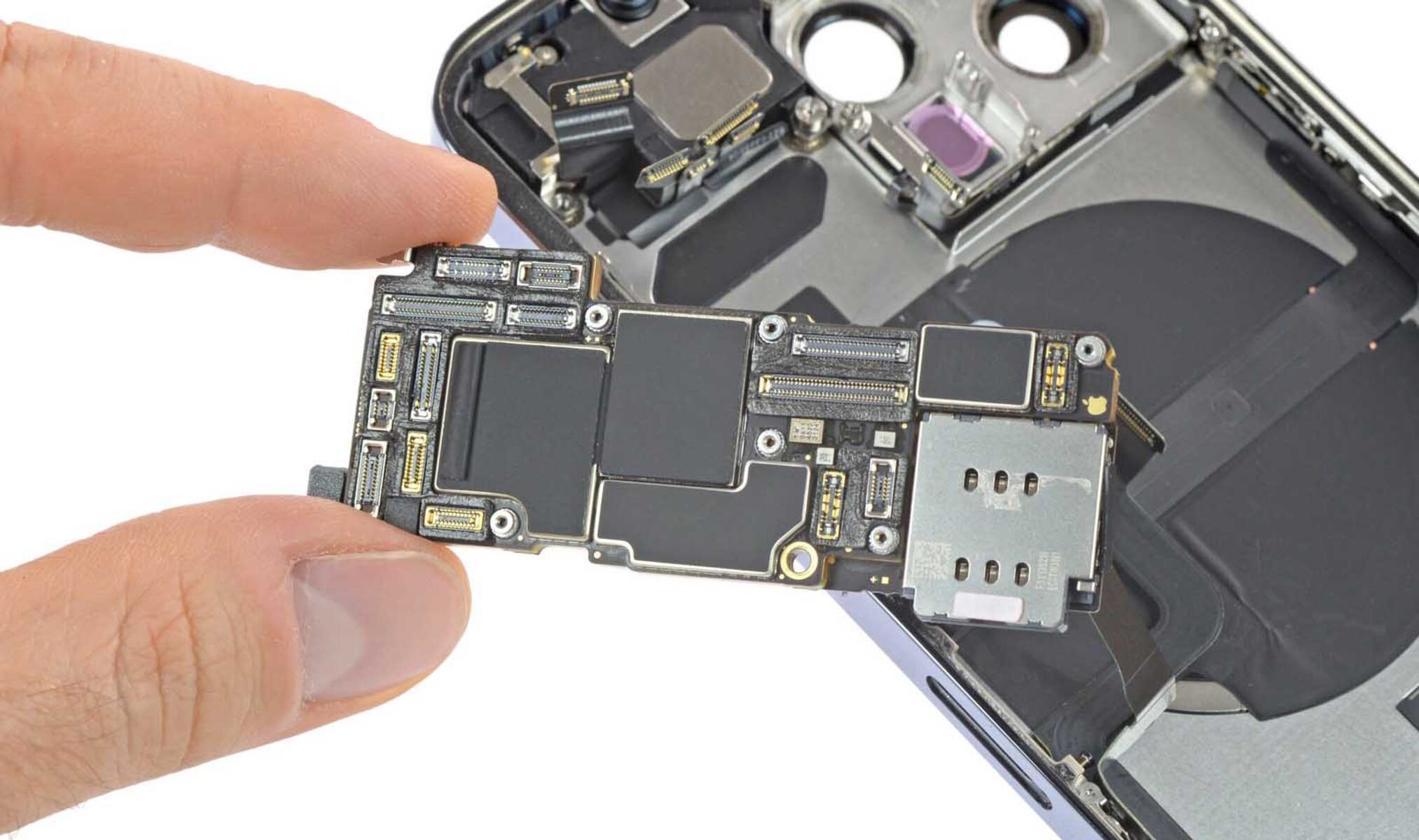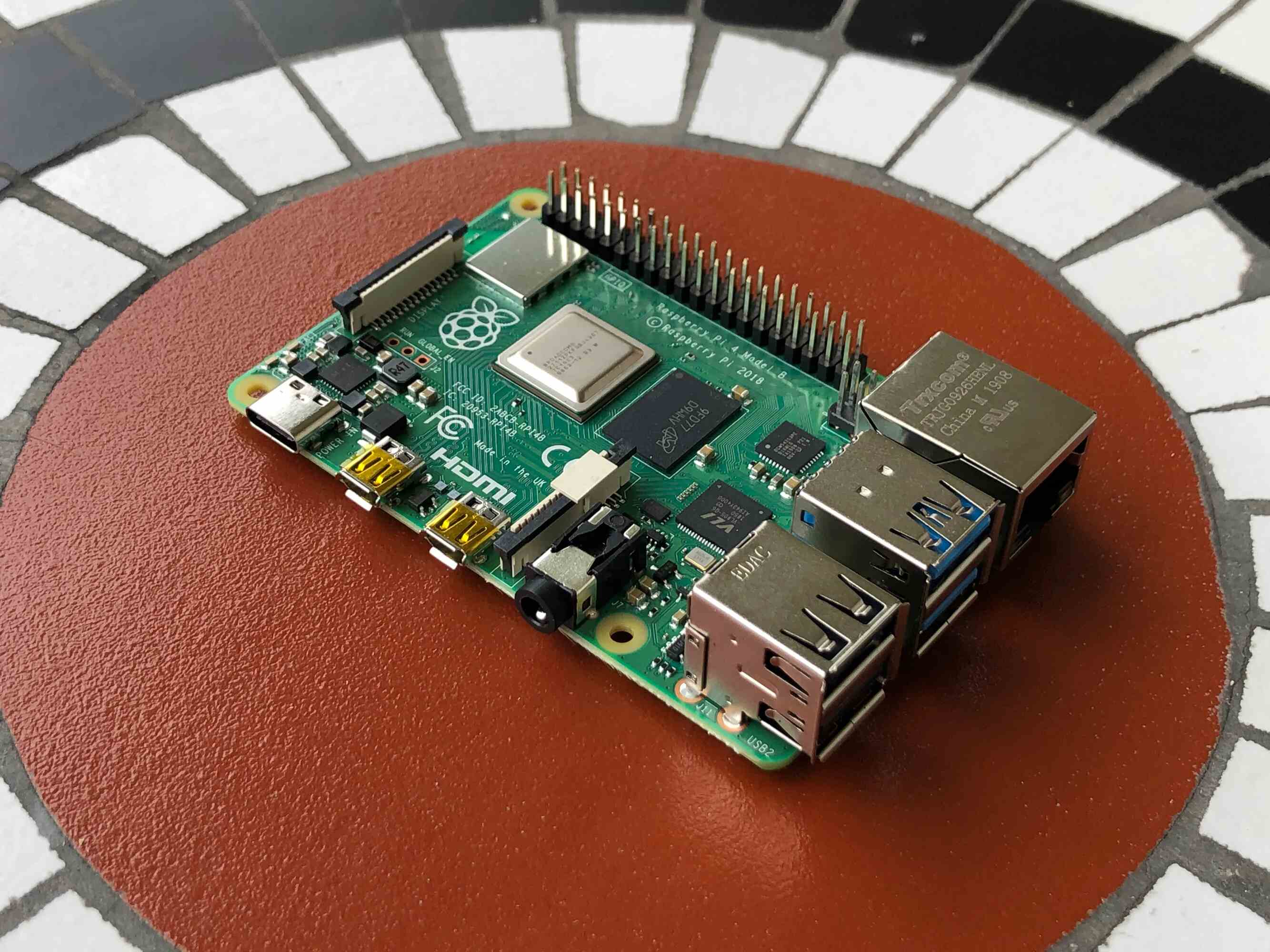What is RAM?
RAM, or Random Access Memory, is a crucial component of any computer system. It is a type of volatile memory that provides a temporary storage space for data that is actively being used by the computer’s processor. Unlike the hard drive, which stores data permanently, RAM is designed to provide quick and easy access to data for faster execution of tasks.
Think of RAM as a workspace where the computer can store and retrieve data quickly. When you open an application or run a program, it is loaded into RAM, allowing the processor to access and manipulate the data without having to constantly refer to the slower hard drive. This results in improved performance and responsiveness of the system.
RAM is an integral part of multitasking. It enables the computer to run multiple programs simultaneously by allocating a portion of its memory to each program. This allows for smooth transitions between applications and seamless switching between tasks.
It is important to note that RAM is a volatile type of memory, meaning that its contents are lost when the computer is powered off or restarted. This is why it is necessary to save your work before shutting down your computer to avoid data loss.
Generally, the more RAM a computer has, the better it will perform in handling complex tasks and running resource-intensive applications. However, the amount of RAM needed depends on the specific requirements of the user and the tasks they perform. For everyday tasks like web browsing, word processing, and multimedia playback, 4GB to 8GB of RAM is usually sufficient. However, for demanding tasks like video editing, graphic design, and gaming, a larger amount of RAM, such as 16GB or even 32GB, may be necessary.
In summary, RAM is a temporary storage space that allows a computer’s processor to quickly access and manipulate data. It plays a crucial role in multitasking and overall system performance. By having an adequate amount of RAM, users can ensure smoother and more efficient operation of their computers.
How does RAM work?
To understand how RAM works, we need to delve into the inner workings of a computer’s memory system. RAM, or Random Access Memory, is composed of small electronic components known as memory cells. Each memory cell can store a single binary value, either a 0 or a 1, known as a bit. These memory cells are organized into a grid-like structure, with rows and columns forming a matrix.
Unlike the hard drive, which is a form of non-volatile memory, RAM is volatile, meaning its contents are lost when the computer is powered off or restarted. This is because the memory cells in RAM rely on the continuous supply of electrical charge to retain their stored values. However, this volatility allows RAM to offer extremely fast read and write speeds, making it ideal for temporary storage of data that needs to be quickly accessed and manipulated.
When you open an application or run a program, the necessary data and instructions are loaded from the hard drive into RAM. This process, known as “loading into memory,” allows the computer’s processor to easily access the data during execution. The processor sends instructions to the RAM controller, which retrieves the requested data from the appropriate memory cells and sends it back to the processor.
RAM operates on a principle called random access, meaning that any memory cell can be accessed directly, regardless of its location in the memory array. This allows for fast and efficient retrieval of data, as the processor does not need to search sequentially through the memory. Instead, it can simply access the required memory address, which is determined by the program’s code.
In addition to storing data, RAM also plays a crucial role in the functioning of the computer’s operating system. The operating system uses a portion of the RAM to store vital system files and data that are needed for its operations. This reserved area of RAM, known as the kernel, ensures that the operating system can quickly and efficiently perform its functions without being constrained by slower storage devices.
Overall, RAM is a fundamental component of a computer’s memory hierarchy. Its lightning-fast read and write speeds enable quick access to data and instructions, facilitating smooth and efficient execution of tasks. Without RAM, computers would struggle to perform even the most basic operations, making it an essential part of any computing system.
What is a byte?
In the world of computers, a byte is a fundamental unit of digital information. It represents the smallest addressable unit of storage in a computer system. A byte consists of eight binary digits, or bits, which can represent values ranging from 0 to 255.
Each bit in a byte can be in one of two states: 0 or 1. These states correspond to the two possible voltage levels of electronic circuits within a computer. By combining bits in different combinations, a byte can represent a wide variety of data, including numbers, letters, symbols, and control instructions.
Bytes are used to measure and represent the size of files, programs, and computer memory. For example, a text document might occupy several kilobytes (KB) of storage, while a high-resolution image could require several megabytes (MB) or even gigabytes (GB) of storage.
Bytes are also essential in computer networking and data transmission. When data is sent over a network, it is typically measured in bytes. Network speeds are often expressed in bits per second (bps), and file transfer rates are measured in bytes per second (Bps).
The storage capacity of computers and other digital devices is commonly expressed in bytes and its multiples. Here are some common units of measurement used to represent larger amounts of data:
- Kilobyte (KB) – Approximately 1,024 bytes
- Megabyte (MB) – Approximately 1,048,576 bytes
- Gigabyte (GB) – Approximately 1,073,741,824 bytes
- Terabyte (TB) – Approximately 1,099,511,627,776 bytes
- Petabyte (PB) – Approximately 1,125,899,906,842,624 bytes
It’s important to note that these measurements are based on binary calculations, where each multiple represents 2^10 (1024) times the previous unit. However, some manufacturers and software may use decimal calculations, where each multiple represents 10^3 (1000) times the previous unit. This can occasionally lead to discrepancies in reported file sizes or storage capacities.
In summary, a byte is a fundamental unit of digital information that consists of eight bits. It is used to measure data storage and data transmission in computers and other digital devices. Understanding bytes is essential for comprehending file sizes, memory capacity, and networking speeds in the ever-evolving world of technology.
How much RAM is 8GB?
RAM, or Random Access Memory, is measured in units of bytes, with each unit representing a specific amount of memory. In the case of RAM, the most commonly used units are gigabytes (GB) and megabytes (MB).
When we say that a computer has 8GB of RAM, we are referring to its memory capacity. 8GB means that the computer has 8 gigabytes of RAM available for storing and accessing data.
But how much is 8GB of RAM in practical terms? To put it into perspective, 8GB of RAM is considered to be a moderate to high amount of memory for most everyday computing tasks. It is sufficient for running multiple applications simultaneously, web browsing, word processing, multimedia playback, and light to moderate gaming.
With 8GB of RAM, you can comfortably use popular applications like web browsers, email clients, office productivity suites, and graphic editing software without encountering significant performance issues. It provides enough memory to ensure smooth multitasking and allows for quick access to frequently used data.
However, it’s worth noting that the required amount of RAM can vary depending on the specific needs of the user and the type of tasks being performed. For more resource-intensive applications such as video editing, 3D rendering, virtualization, and gaming with high-resolution graphics, a larger amount of RAM, such as 16GB or more, may be necessary to achieve optimal performance.
Additionally, the operating system being used can also impact how effectively the available RAM is utilized. Modern operating systems like Windows, macOS, and Linux have memory management systems in place to allocate and optimize RAM usage, ensuring that applications have sufficient memory to operate efficiently.
To summarize, 8GB of RAM is a moderate to high amount of memory that provides sufficient capacity for most everyday computing tasks. It allows for smooth multitasking and the use of popular applications, making it suitable for the average user. However, more demanding tasks may require a larger amount of RAM to ensure optimal performance.
How many bytes is 8GB?
When we talk about computer storage and memory, it is important to understand the relationship between different units of measurement. In this case, we want to determine how many bytes are in 8 gigabytes (GB).
To convert from gigabytes to bytes, we need to know the conversion factor between the two units. In computer science, the prefix “giga-” denotes a multiplier of 10^9. Therefore, 1 gigabyte (GB) is equal to 1,000,000,000 bytes. Using this conversion factor, we can determine how many bytes are in 8 gigabytes:
8 GB × 1,000,000,000 bytes/GB = 8,000,000,000 bytes.
So, 8 gigabytes is equivalent to 8,000,000,000 bytes.
This means that if you have a computer or device with 8GB of RAM or storage, it has a total of 8,000,000,000 bytes available. Each of these bytes can store a single unit of digital information, such as a number, letter, or symbol.
Understanding the relationship between gigabytes and bytes is important for accurately assessing storage requirements and determining if a particular device has enough capacity for storing files, programs, or data.
It’s worth noting that when referring to memory or storage capacities, computer manufacturers and operating systems may use a different binary conversion factor. In this system, 1 gigabyte is equal to 1,073,741,824 bytes. This is because it is based on powers of 2 rather than powers of 10. Therefore, depending on the context, the value for 8 gigabytes may be reported as either 8,000,000,000 bytes or 8,589,934,592 bytes.
In summary, 8 gigabytes is equivalent to 8,000,000,000 bytes. This represents the total capacity available in a computer’s RAM or storage. Understanding the conversion between gigabytes and bytes is crucial for accurately assessing storage needs and ensuring that devices have adequate capacity for storing data.
Converting 8GB to megabytes (MB)
When working with computer storage and memory, it is often necessary to convert between different units of measurement to better understand the capacity or size of a particular device or file. In this case, we want to convert 8 gigabytes (GB) to megabytes (MB).
To convert from gigabytes to megabytes, we need to know the conversion factor between the two units. In computer science, the prefix “giga-” denotes a multiplier of 10^3, while the prefix “mega-” denotes a multiplier of 10^2. Therefore, 1 gigabyte is equal to 1,000 megabytes. Using this conversion factor, we can determine how many megabytes are in 8 gigabytes:
8 GB × 1,000 MB/GB = 8,000 MB.
So, 8 gigabytes is equivalent to 8,000 megabytes.
This means that if you have a device or file with a size of 8GB, it has a total of 8,000 megabytes of storage or memory available. Each megabyte can store a substantial amount of data, including text, images, audio, or video files.
Converting between gigabytes and megabytes is useful when comparing storage capacities or when working with files of different sizes. Depending on the context, you may need to understand the capacity of a storage device, the size of a file you want to download or transfer, or the amount of memory available in a computer system.
It’s important to keep in mind that there may be some variation in conversion factors depending on the specific context or system used. In certain cases, binary conversion factors may be used, where 1 gigabyte is equal to 1,024 megabytes. However, the base-10 conversion factor of 1,000 megabytes per gigabyte is generally the most commonly used in computer science and everyday usage.
In summary, 8 gigabytes is equivalent to 8,000 megabytes. This conversion helps in accurately understanding the storage capacity or size of a device or file. Knowing how to convert between gigabytes and megabytes is essential for managing and assessing storage needs in the digital world.
Conclusion
RAM, or Random Access Memory, is a critical component of any computer system. It provides a temporary storage space for data that is actively being used by the computer’s processor, allowing for fast and efficient execution of tasks. With the understanding that RAM is volatile memory that is lost when the computer is powered off or restarted, it is clear that RAM plays a crucial role in providing quick access to data and improving system performance. The amount of RAM needed depends on the specific requirements of the user and the tasks being performed. For everyday computing tasks, 8GB of RAM is considered sufficient, while more resource-intensive tasks may require a larger amount, such as 16GB or more.
Bytes, on the other hand, are the fundamental units of digital information and are used to measure and represent the size of files, programs, and computer memory. Converting between different units of measurement, such as gigabytes and bytes, allows us to accurately assess storage capacities and understand the amount of data that can be stored in a particular device or file. Converting 8GB to megabytes (MB), we find that it is equal to 8,000 MB, further helping us understand the scale of data that can be stored or processed.
In conclusion, RAM plays a vital role in overall system performance, while bytes and their conversions help us comprehend and manage storage capacities. Understanding these concepts is crucial for making informed decisions when it comes to computer memory and optimizing the use of storage resources.







